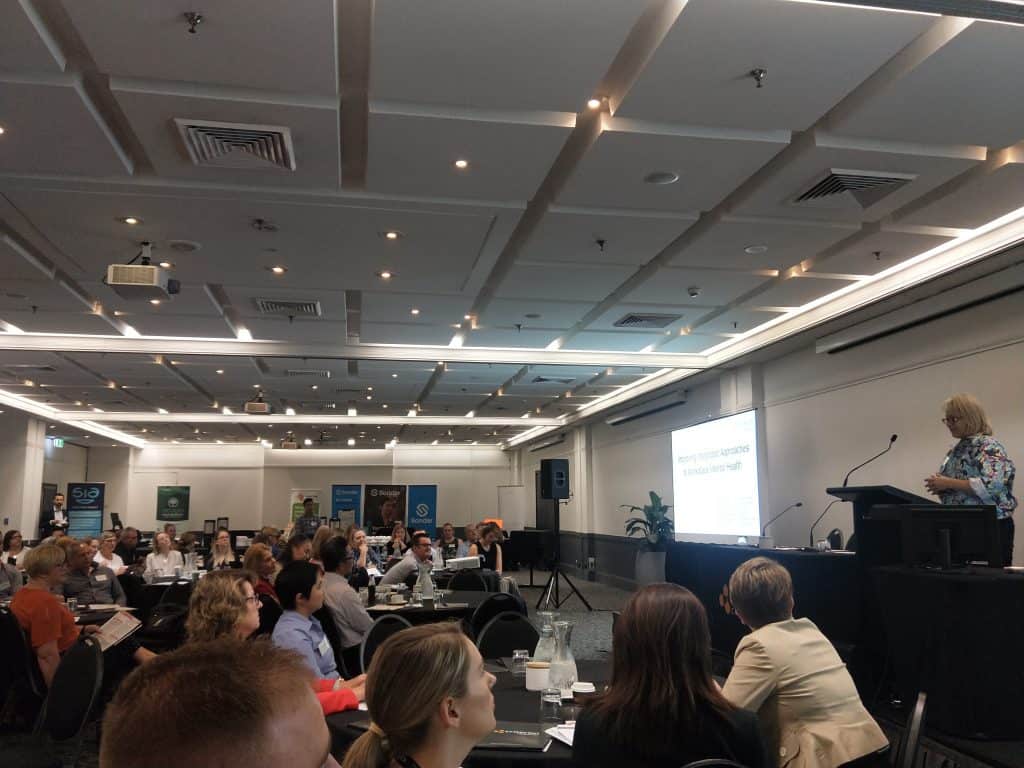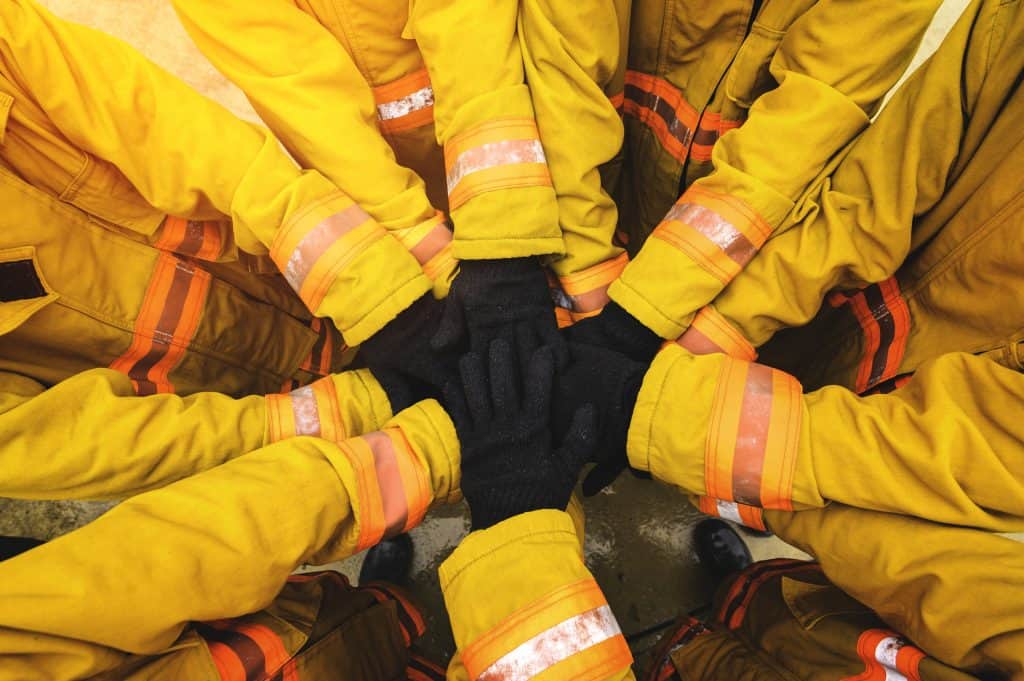The issue of resilience training and its role in managing workplace mental health continues to confuse at a recent mental health conference.
Yesterday, several experts were critical of resilience training or, more accurately, the over-reliance on worker-focussed interventions when evidence shows that more sustainable benefits are obtainable by addressing the structural factors leading to poor mental health at work. One of the experts specifically said that resilience training may be relevant to emergency services workers where their workplaces are so dynamic that it is almost impossible to anticipate mental health hazards.





